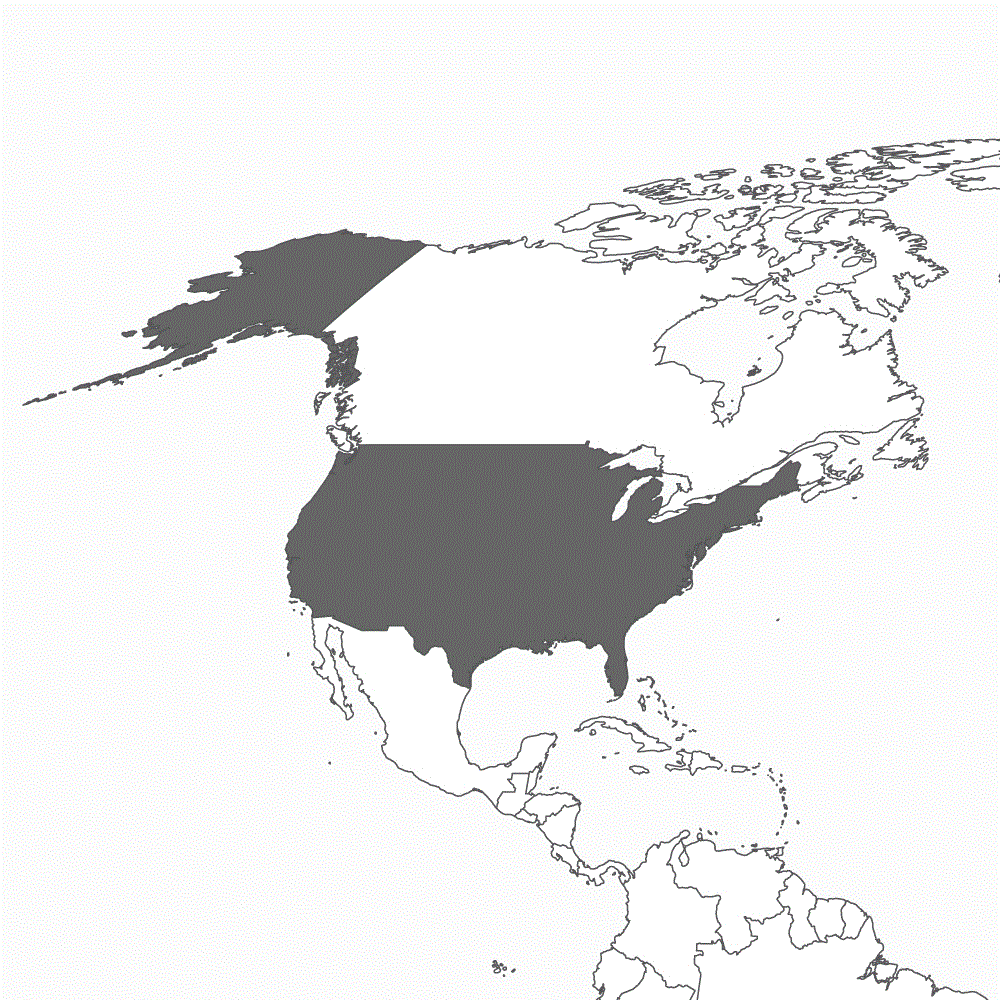Eastward Mobilization Test (III)
Major US Defender Europe 20 Maneuver: First Troop Transfers begin today through Germany
BERLIN/WASHINGTON (Own report) - Contrary to all previous announcements, the major US Defender Europe 20 maneuver - aimed at Russia - begins already today, Thursday, with US Army troop transfers crossing straight through Germany. According to Bundeswehr information, this initiates the eastward troop movements due to continue until May, just three months prior to the official beginning of the maneuver's main phase - a month earlier than US forces had previously announced. In the course of the largest US maneuver in Europe in over 25 years, the Bundeswehr, according to its own admission, will exercise "above all, the fastest possible transfer of large military units to the potential area of conflict." NATO countries are not only exercising the transfer of troops to the eastern front, but also the hot war with Russia. Seven other military exercises are being initiated within the framework of Defender Europe 20, to set up a "battlefield network" in Eastern Europe within a comprehensive conflict scenario. According to US information, that scenario takes place in 2028.
First Troop Transfers
According to official information of the US Army Europe, the main phase of Defender Europe 20 will be carried out during the months of April and Mai, whereas troop transfers are expected to begin already in February and last until July.[1] During a press conference, last week, NATO and the Bundeswehr have now announced, on the contrary, that the first troop transports will take place beginning today, January 23 until Sunday (January 26). They are each planned to be moving between the hours of 10 p.m. and 6 a.m. - on the one hand, arriving from Bremerhaven, over the freeway A24, the A10 (Nordring), and the A11 to Szcezecin Poland, and, on the other hand, via Hanover and the A2, the A10 (Südring) and the A12 in the direction of Frankfurt/Oder. The fact that, contrary to previous information, the first troop transfers are already being made in January puts into question whether the transfers will actually be completed by July.
NATO on the War Path
To redeployment of a US Army division from across the Atlantic to as close as possible to the Russian border is the core of this major maneuver. Using 12 different routes including by land (route and rail), air, and water (sea and river, - german-foreign-policy.com reported [2]), US soldiers, accompanied by European military personnel will be moved eastward along with huge quantities of vehicles and machinery. Before returning, they will exercise building a "battlefield network" particularly in Poland and the Baltic countries[3] to exercise waging war on Russia - sending a clear message to Moscow.
From Conflict to Confrontation
In the meantime, criticism of the intensification of NATO's aggressive policy toward the East is being raised even by those who had favored, in principle, NATO's eastward expansion. With their eastward expansion, the western countries had embarked on a confrontation course with Moscow already in the 1990s. The continuous eastward expansion of NATO's territory has fundamentally altered the balance of power in Europe. The confrontation policy toward Russia had been on the horizon from the beginning. August Pradetto, professor for international relations at the Bundeswehr University in Hamburg, calls the western war alliance's efforts to integrate Ukraine a "totally failed policy." (Since last year, becoming a NATO member has constitutional status in Ukraine.) Last week in Hamburg, Pradetto declared that it "was a disaster, to have put the eastward expansion policy on the agenda in 2014."[4] The way Russia acted during the Crimea Crisis was a totally "foreseeable reaction" to NATO's policy, he opined. Still in 2014, the war alliance used precisely this reaction to justify launching new escalation of its policy toward the east - a continuation of its unaltered efforts, since the 1990s, to chop off as large chunks of Eastern Europe as possible out of Russia's sphere of influence, to integrate them into its own sphere of influence.
Expansion of Supply Troops
To take control of its new regions, NATO's power block began to expand its military infrastructure in Eastern Europe over the past six years. By stationing NATO troops in Poland and the Baltic countries and after setting up a sort of mini-headquarters (NATO Force Integration Units, –NFIU - german-foreign-policy.com reported [5]), its next essential element of the militarization process [6] was the continuous buildup of supply troops. During the September 2014 NATO Summit in Wales, the resolution was passed to stock up NATO's Response Force (NRF) to 40,000 soldiers, thereby more than tripling its strength. In addition, a new substructure was introduced within the NRF, the NATO "Spearhead" ("Very High Readiness Joint Task Force" - VJTF), which is supposed to be even more rapidly deployable - within only 48 hours - than even the NRF.
The First Test Run
During its July 2018 summit in Brussels, NATO launched an additional "readiness initiative" also known as "4X30." This calls for 30 mechanized battalions, 30 air squadrons, and 30 combat vessels (up to 36,000 soldiers) plus support personnel ready for deployment within 30 days or less by 2020 - to facilitate support for NATO "Spearhead" in any combat mission on short notice. The dimensions of the newly enlarged NRF to 40,000, and the expected total of the soldiers taking part in Defender Europe 20 - 37,000 - correspond to one another. The current major maneuver that de facto is supposed to begin today (Thursday) is the first test run for NATO's new structures.
[1] DEFENDER-Europe 20 Fact Sheet. eur.army.mil.
[2] See also Testmobilmachung gen Osten (II).
[3] From the Baltic to Black Seas, Defender Exercise Goes Big, With Hefty Price Tag. breakingdefence.com 16.12.2019.
[4] Professor August Pradetto in einer Vorlesung an der Universität Hamburg am 16.01.2020.
[5] See also Die deutsch-polnische Militärkooperation.
[6] See also The Militarization of the North Sea.
